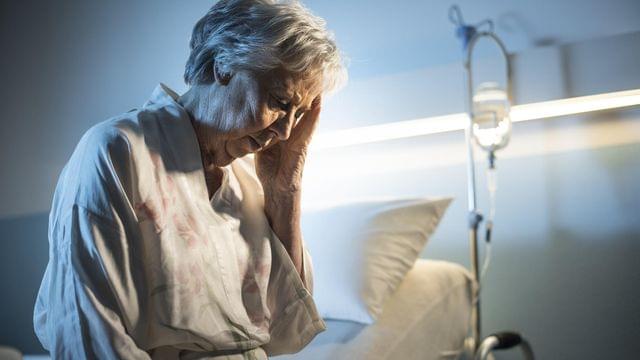A major US study links healthy dietary iron intake to slower epigenetic aging and lower mortality risk. Learn why iron balance matters for longevity.
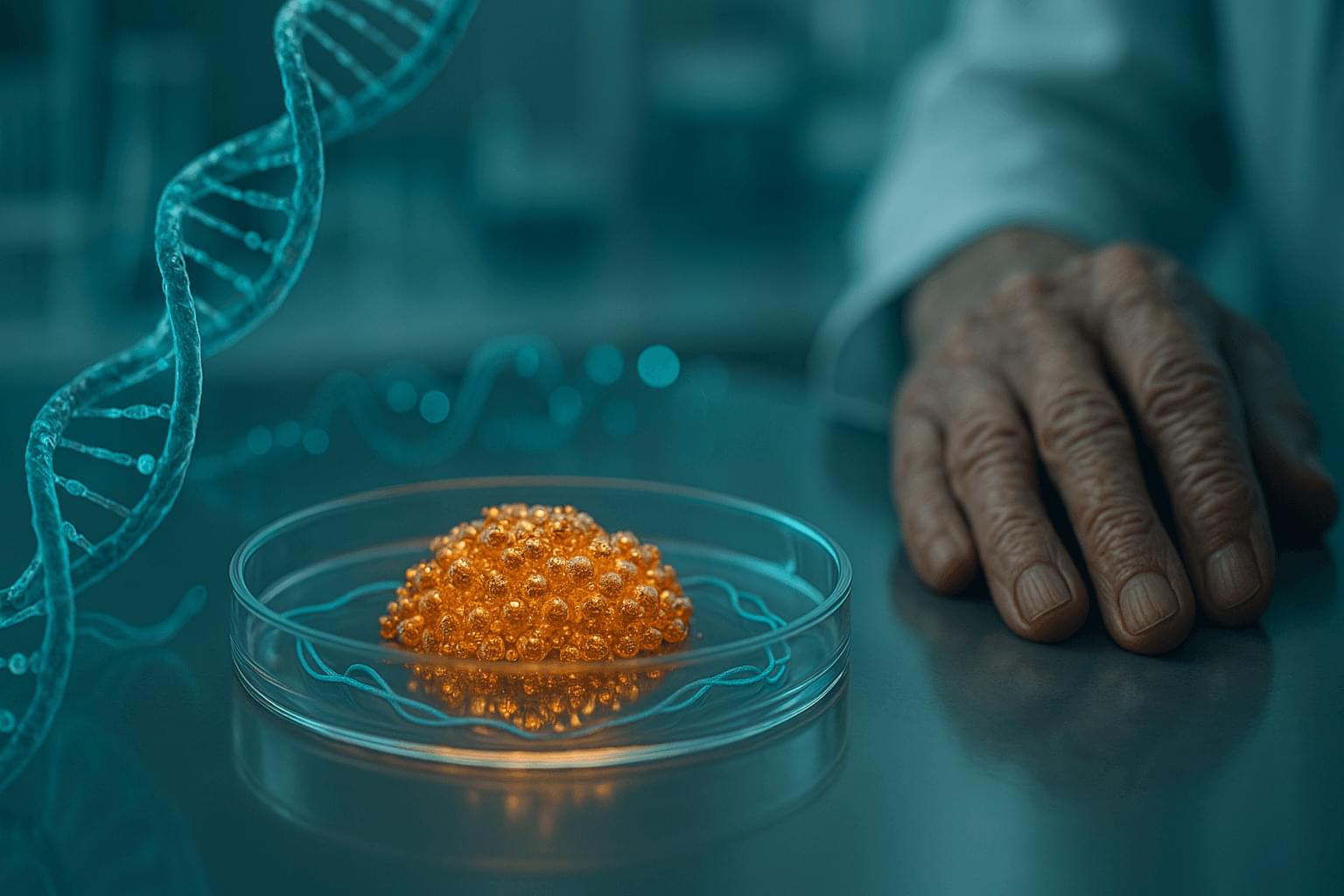

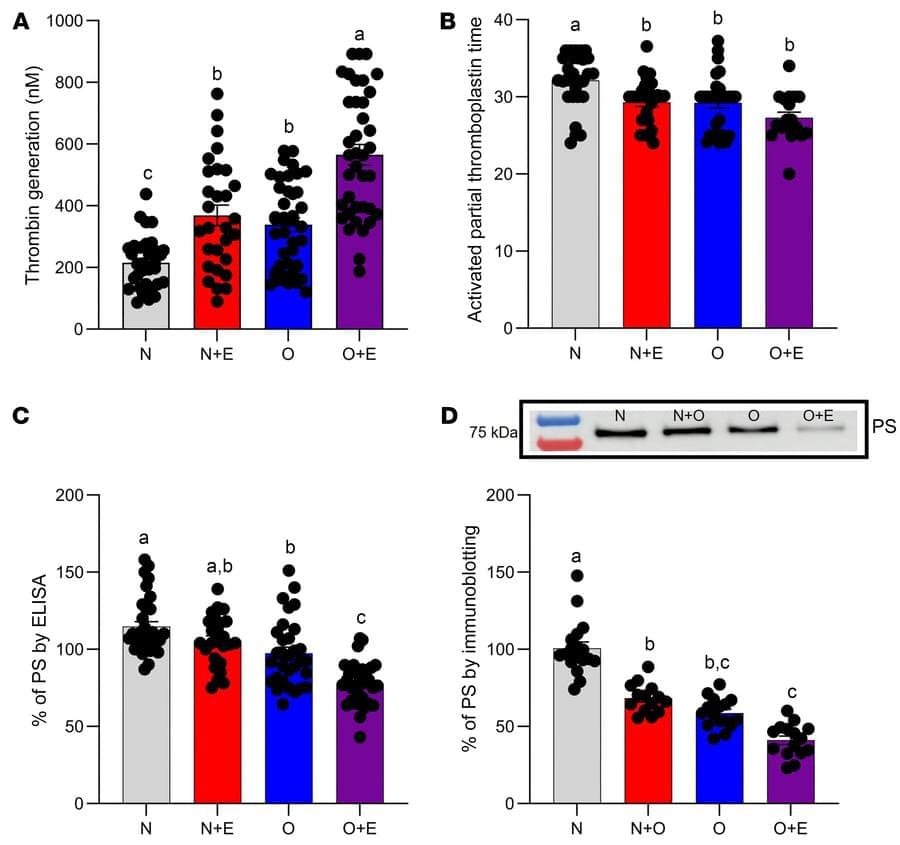
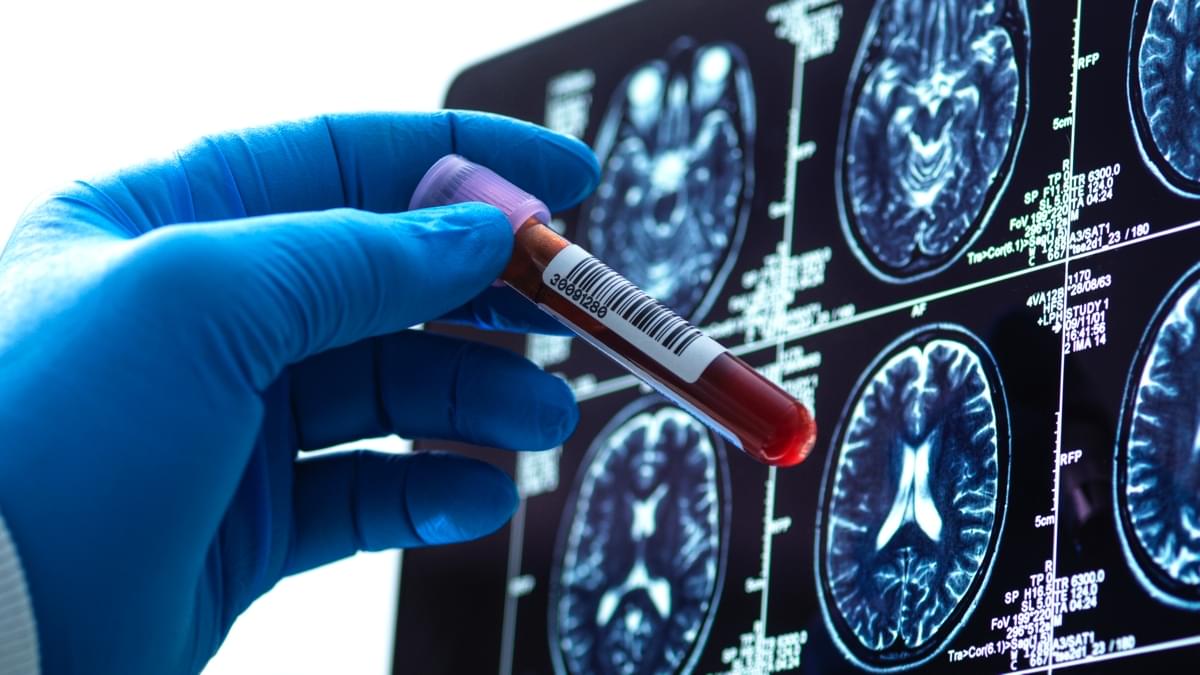
An investigation into why blood doesn’t always behave as doctors expect has revealed a super-rare mutation in an extremely uncommon variation of blood.
Testing more than 544,000 blood samples in a hospital in Thailand revealed three people carrying a never-before-seen version of the B(A) phenotype – a genetic quirk estimated to occur in about 0.00055 percent of people, or roughly one in 180,000.
This discovery, says a team led by hematologist Janejira Kittivorapart of Mahidol University in Thailand, suggests that there may be more rare blood variants out there, too subtle for standard testing to detect.
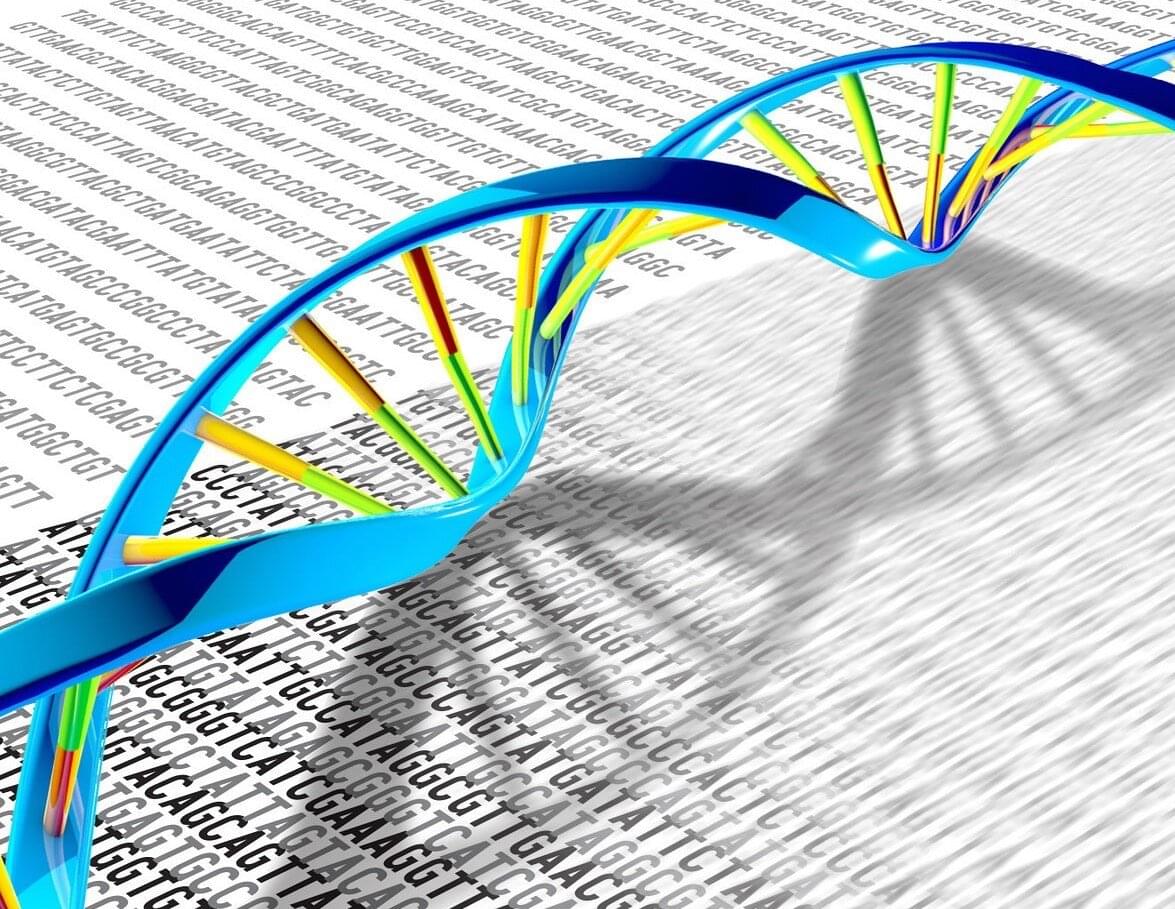
Researchers have discovered new regions of the human genome particularly vulnerable to mutations. These altered stretches of DNA can be passed down to future generations and are important for how we study genetics and disease.
The regions are located at the starting point of genes, also known as transcription start sites. These are sequences where cellular machinery starts to copy DNA into RNA. The first 100 base pairs after a gene’s starting point are 35% more prone to mutations compared with what you’d expect by chance, according to the study published in Nature Communications.
“These sequences are extremely prone to mutations and rank among the most functionally important regions in the entire human genome, together with protein-coding sequences,” explains Dr. Donate Weghorn, corresponding author of the study and researcher at the Center for Genomic Regulation in Barcelona.

Life’s instructions are written in DNA, but it is the enzyme RNA polymerase II (Pol II) that reads the script, transcribing RNA in eukaryotic cells and eventually giving rise to proteins. Scientists know that Pol II must advance down the gene in perfect sync with other biological processes; aberrations in the movement of this enzyme have been linked to cancer and aging. But technical hurdles prevented them from precisely determining how this important molecular machine moves along DNA, and what governs its pauses and accelerations.
A new study fills in many of those knowledge gaps. In a paper published in Nature Structural & Molecular Biology, researchers used a single-molecule platform to watch individual mammalian transcription complexes in action. The result is a clear view of how this molecular engine accelerates, pauses, and shifts gears as it transcribes genetic information.
“What’s really striking is how this machine functions almost like a finely tuned automobile,” says Shixin Liu, head of the Laboratory of Nanoscale Biophysics and Biochemistry. “It has the equivalent of multiple gears, or speed modes, each controlled by the binding of different regulatory proteins. We figured out, for the first time, how each gear is controlled.”

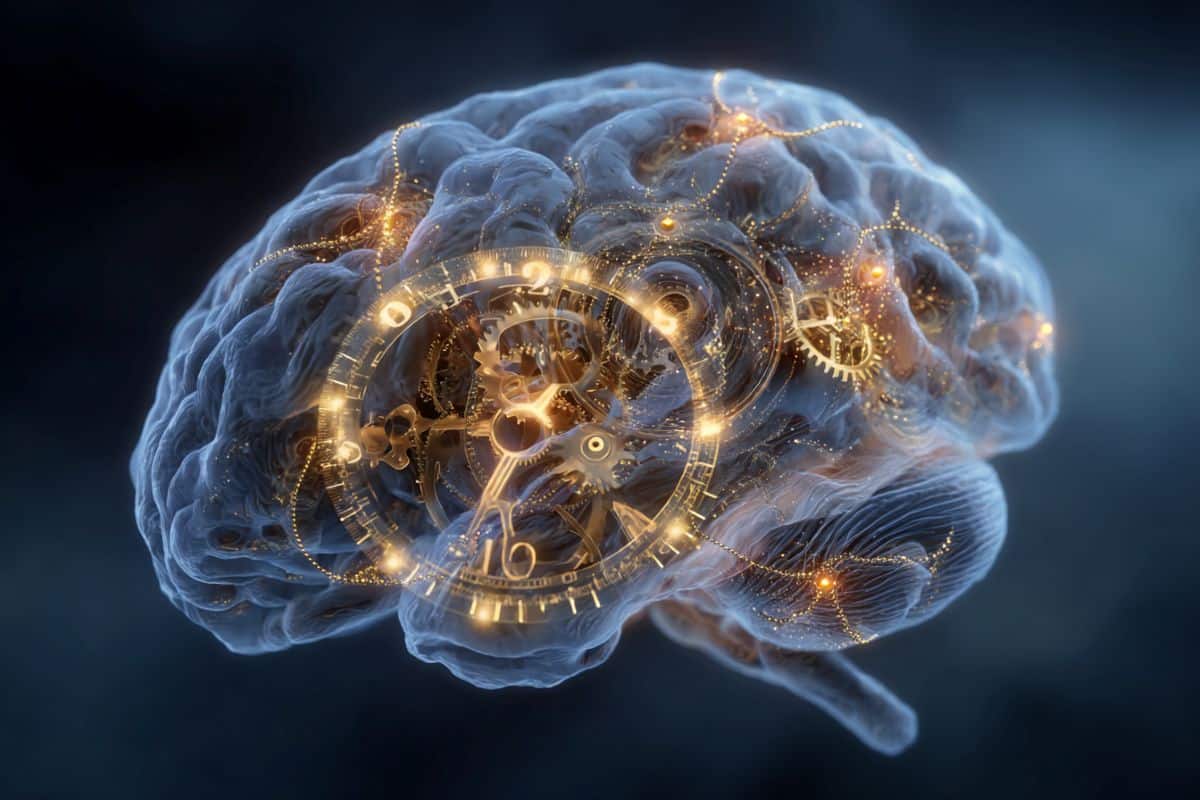
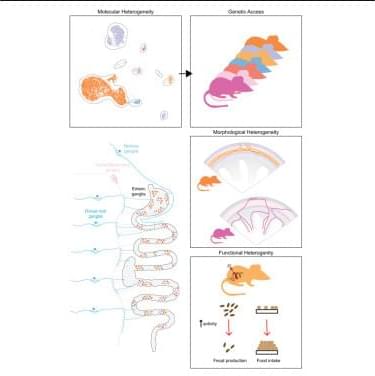
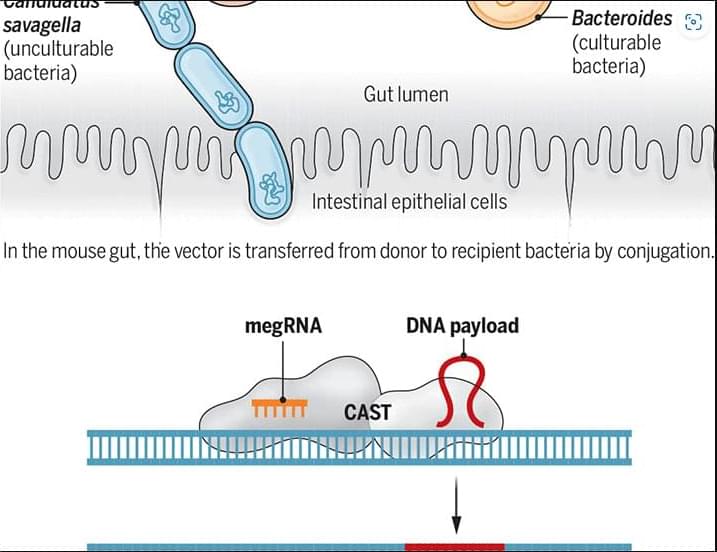
In a new Science study, researchers describe MetaEdit, a strategy that enables targeted insertion of large DNA sequences into the genome of bacteria within the mouse gut environment.
Learn more in a new Science Perspective.
A gene-editing approach enables modification of bacteria within the mouse gut.
Amandine Maire and David Bikard Authors Info & Affiliations
Science
Vol 390, Issue 6774
